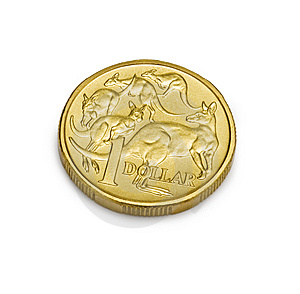
Jonathon Shapiro of the AFR has a disconcerting opinion article today on the demand among foreign investors for Australian debt. He recounts a tale of foreign guests of the Commonwealth Bank touring Sydney’s The Rocks to listen to the RBA’s Phil Lowe over dinner:
“…from China, Russia, Japan, Ukraine, Indonesia, Sri Lanka and beyond were not buying Ken Done coasters and stuffed koalas. They were shopping for triple-A rated government bonds.
…Outside cutting rates to reduce returns on Aussie bonds, there does not appear much the RBA can do besides hope the flows abate. Not likely. All the talk in the room was that there are more buyers out there.
“If you take this conference as anecdotal evidence of offshore fixed-income appetite, there’s going to be more interest and there are more funds doing due diligence on Australia,” CBA global head of fixed income Pierre Katerdjian says.
Bankers say there are still more central bank reserve managers yet to invest in Australian bonds.
This is bad news not good. But the fact is I’m not all that worried about it. Put together, the pieces of this story begin to sound eerily familiar: an asset class that can’t possibly fall; bankers selling a boom market hand over fist and warning of endless demand and a central bank with its hands supposedly tied. What could possibly go wrong?
That’s not to say that this little paradigm is about to crack. The article goes on to argue that the Japanese retail market, US pension fund market, and the Australian retail market are all ready to pile in, and not just to Australian bonds, but states as well:
“we have seen in recent times more interest from investors to move beyond the Commonwealth curve and increase their semi (state government bond) holdings and we think this trend will continue.
“The search for yield and the attractive spreads you earn when you move away from Commonwealth government bonds is still intact.”
So with billions waiting in the wings to buy, the sky is the limit for the currency.
The final conclusion is where I really part ways with the article. I see this queue of investors as downside support, not prognosticators of new highs. Two more rate cuts and we’re approaching Australia’s version of ZIRP (zero interest rate policy). As a small current account deficit country we will need to retain a spread to other nations in our interest rate complex to ensure we’re funded. Zero for us is maybe 2-2.5%. Two more rate cuts gets us close enough to no our version of ZIRP that the capital gains that foreign investors have enjoyed from falling yields will start to look shaky into the future. That leaves them with a lousy yield, lousy capital gains and a rather large currency risk. Even if you’ve hedged the latter, you’ve still crimped the former two.
We are closer to a falling dollar than this article suggests. It won’t fall like it used to but it will still fall.

